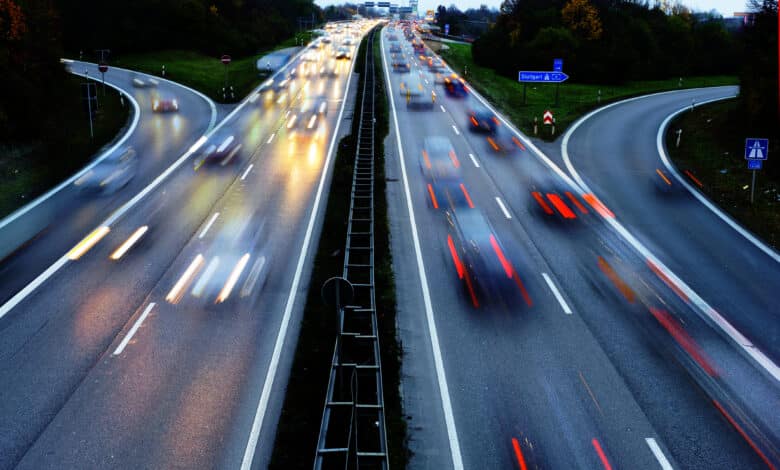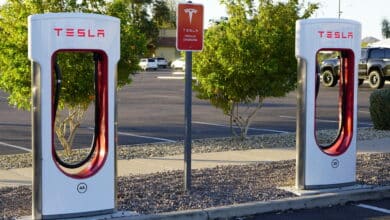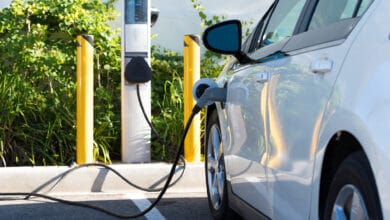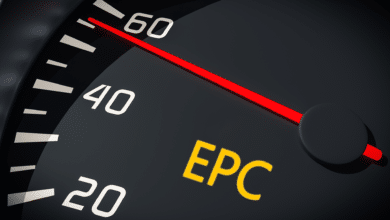
Sweden is planning to equip part of a highway with charging devices for e-cars. This would allow them to be charged while driving, which would represent a significant leap in the practicality of e-car use over longer distances.
Charging while driving?
So far, everyday e-car use on long-distance trips has been dreary. Phases of driving are interrupted by nerve-wracking charging breaks that not infrequently last one to two hours. After that, the journey can continue for 100 to 200 kilometers – and on and on. This disadvantage persists despite new developments such as sodium-ion batteries with fast charging. Accordingly, the longer the distance, the more the classic internal combustion engine, which can be supplied with enough gasoline for hundreds of kilometers within a few minutes, underperforms. If the electric car is to become established in the long term, an alternative charging option seems correspondingly urgent. Sweden has been experimenting for several years with technologies that enable charging while driving. Now, a section of the country’s main highway is to be equipped with one.
Three options to choose from
It is not yet clear which technology will be used on the E20, which connects Stockholm with Gothenburg and Gothenburg with Malmö. There are three options to choose from, one of which is inductive and two conductive. With inductive charging technology, coils are embedded in the road to enable wireless charging, provided the passing cars are equipped with the appropriate technology. This method was tested on the island of Gotland.
One of the conductive charging technologies relies on busbars that are embedded in the roadway. Via direct contact, vehicles equipped with a current collector can be charged while driving. The principle is similar to that used in subways and streetcars. It was tested in Lund from 2020 to 2022.
The third option consists of an overhead line to which the vehicles must make contact in order to be charged. This system is used on modern trains. On the road, it offers the disadvantage that only trucks can be charged with it. The line cannot be installed at a height suitable for e-cars, as it would make the road unusable for larger vehicles.
The decision for one of the three options should be made soon. The project should be completed by 2025. It will then be possible to charge e-cars while driving along a 21-kilometer stretch of the E20.



